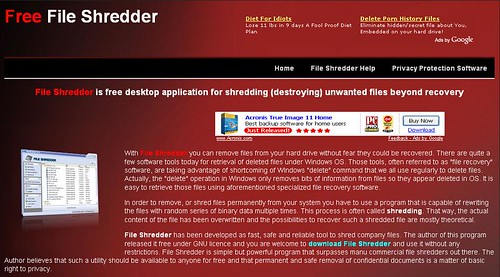
A question raised related to Design temperature (Td) and Maximum Allowable Working Pressure (MAWT).
"I understood that Maximum Allowable Working Pressure (MAWT)
- is the temperature where the vessel material will fail by its internal (design) pressure due to reduced at elevated temperature
- is subject to vessel wall thickness. MAWT should be same or higher than design temperature (DT) as fabricated wall thickness would be thicker due to material available in the market or shop or some conservative calculation roundup.
- Allowable stresses are same from-20F to 650 F (-29C to 343 C)
Is the vessel is fit from -29 C to 343 C ? Can we declare design temperature of 343 degC ?"Above analysis is pretty correct to some extent. However, it is not the complete story about the design temperature and MAWT.
MAWT for tank is subject to vessel/tank wall thickness. Above analysis has covered most (if not all) points. However, there are other devices and fitting like flange, instrument, nozzle, etc attached to the vessel and possibly, the MAWT of these devices and fittings are much lower than the MAWT of tank. We shall always refer MAWT for SYSTEM instead of a particular equipment / instrument.
Hence the design temperature of the system is come into the picture ?
As mentioned above, MAWT for equipment, instrument, piping, etc are different. Design temperature for a system is what the process demand, MAWT is what the equipment / device can take. MAWT for ALL equipment, instrument, fittings, etc within a SYSTEM shall equal or more than the design temperature as specified by process engineer.
Related Post
- Why a globe valve is located downstream of manual block valve on drain line ?
- Consider energy saving by optimizing the pump control
- Do not under estimate pump energy cost and FREE Optimization tool for better Life cycle cost
- Minimum Four Factors For Selection of Head Type on a Vessel
- Hydraulic Design Of Liquid with Pump Circuit - A revision kit...
- Hydraulic Design of Liquid Piping Systems - A revision kit...
- Is pressure drop increase with pipe schedule ?



























